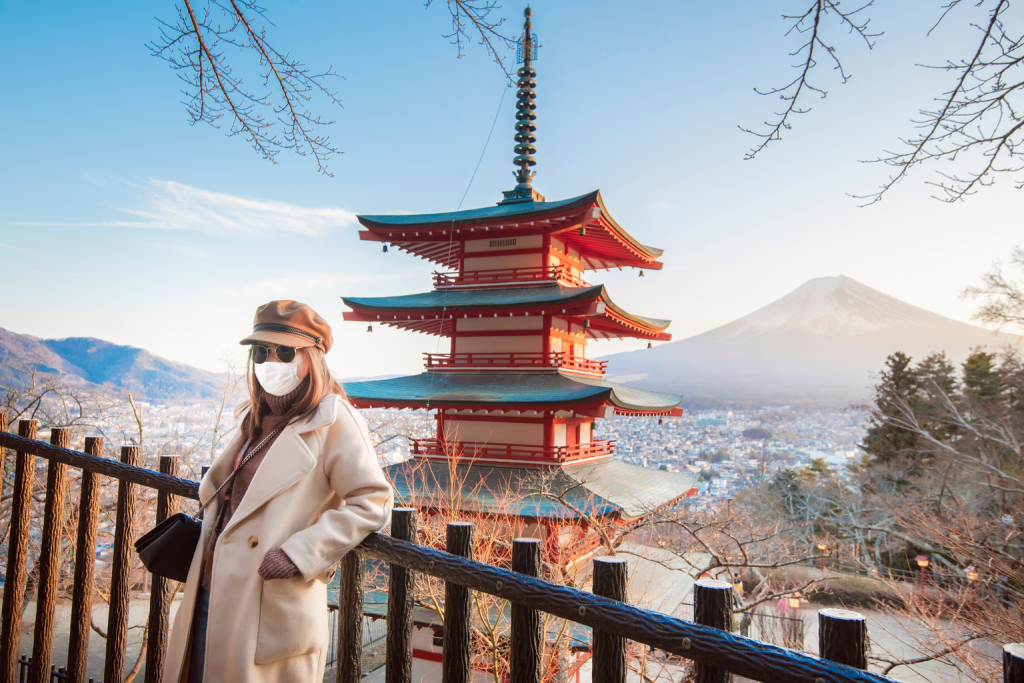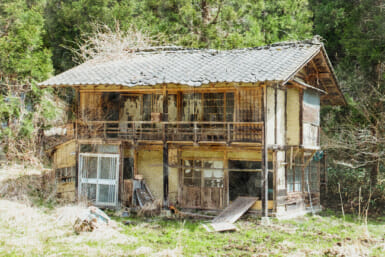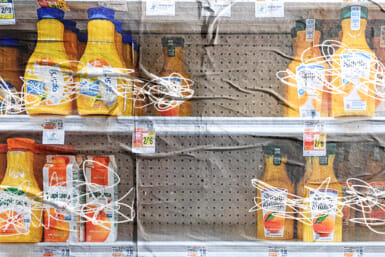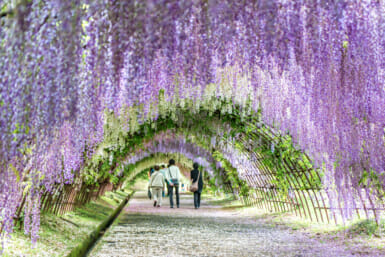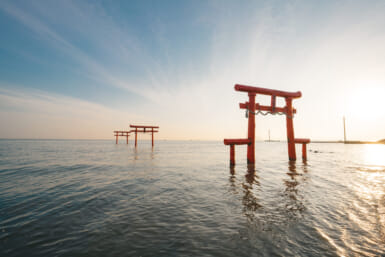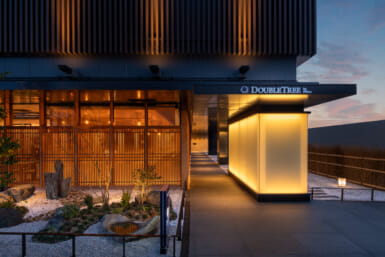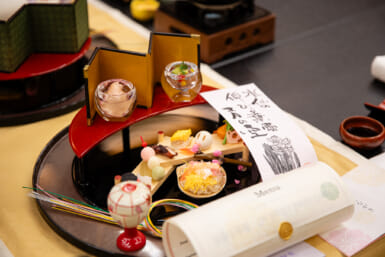Can I Enter Japan?
On May 8, 2023, Covid-19 is on the same level as the common flu in Japan. On April 29, 2023, all border restrictions were removed and from that date, anyone entering Japan does not have to provide any extra documentation.
That said, the country is still recovering from Covid. While many things are back to normal, tourists may notice a few changes. Read on to find out about the current atmosphere in the country.
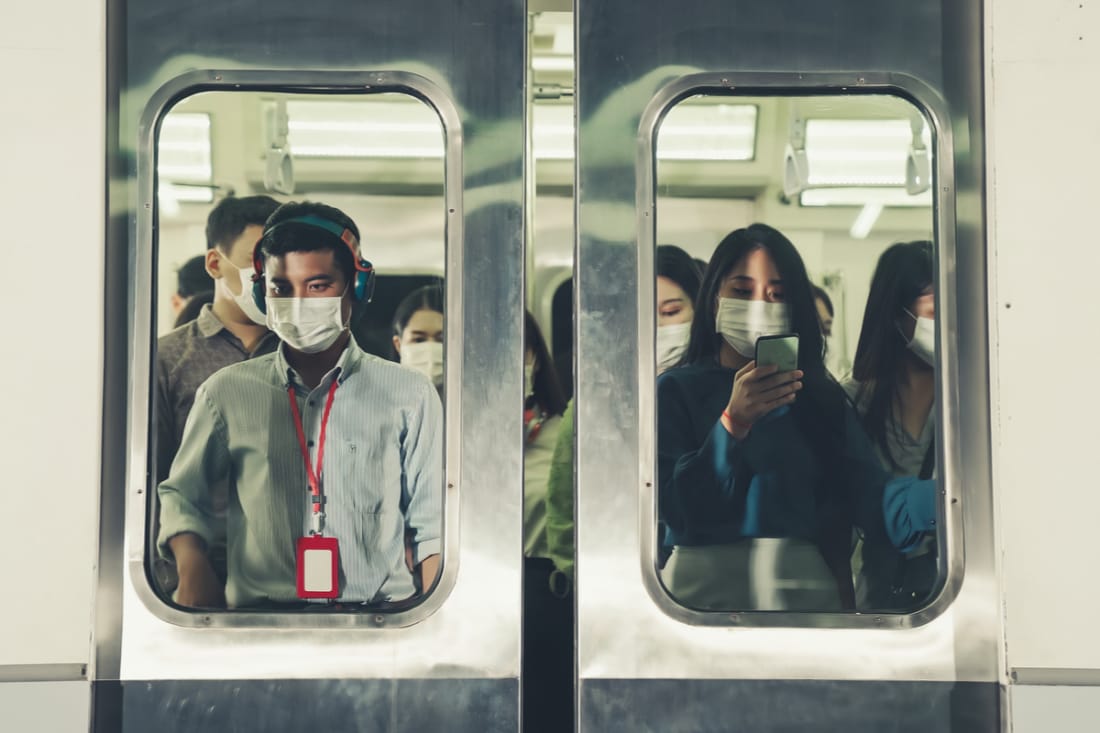
What is Japan Like Currently?
Japan, like much of the world, has changed due to the pandemic. Let’s have a look at the measures that are still in place.
Wearing Masks in Japan
Since mid-March, wearing masks indoors lost its governmental advisory rating. The majority of employees still wear masks on the job, so if you head into a convenience store, don’t be surprised to see the staff masked up.
The general public still wears masks widely, more so than pre-pandemic levels, especially on public transport.
Using Hand Sanitizer in Japan
In Japan, customers can still sanitize their hands when entering shops and restaurants. If you like to sanitize, we recommend carrying a tube of hand cream, as some formulas can be quite drying.
Dining Out in Japan
The staff at many restaurants still wear masks and divider screens can still be seen in many establishments.
Single-use cutlery is rife, including disposable chopsticks and plastic forks. Some places expect more self-service than before, such as helping yourself to water and returning trays, though this can change from one establishment to another. In many places, customers should browse the menu via a QR code.

Photo by iarecottonstudio via Shutterstock
Visiting Tourist Attractions in Japan
Guidelines for tourist attractions are straightforward. Most attractions don’t require visitors to wear a mask, but temperature checks may be in place.
Many pre-booking systems were introduced during Covid, and many places have retained this. Facilities such as museums, aquariums, and theme parks still require prior booking or a ticket purchase. We recommend checking with the facilities you want to visit before heading out.
Before You Go
Before heading to Japan to travel, make sure to check the most up-to-date information. We recommend consulting the official website of the Ministry of Foreign Affairs.
Other Covid Resources from Tokyo Weekender
Personal Stories
- Conquering a Fear of the Unknown: The Psychology Behind Covid-19 Anxiety and How to Cope With It
- What the Covid-19 Pandemic can Teach Japan about Climate Change
News & Opinion

